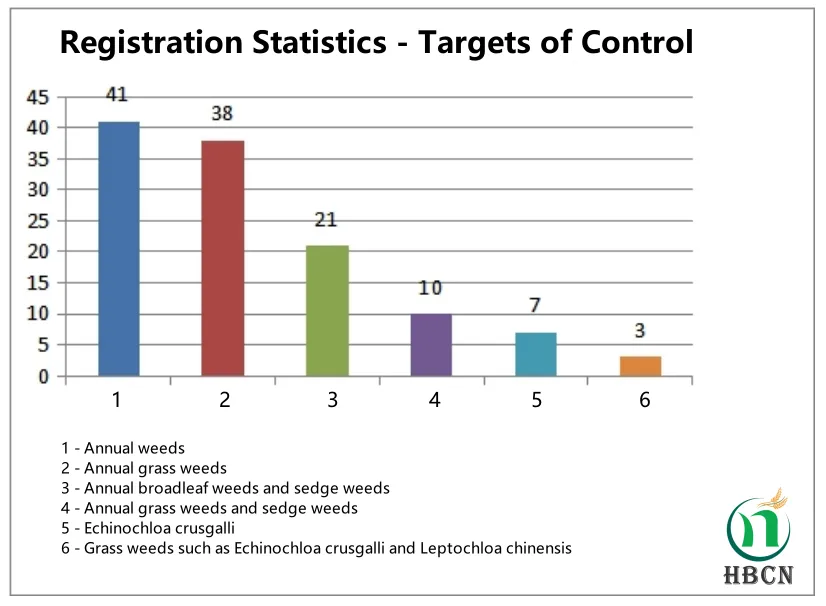
Nov . 07, 2024 18:36 Back to list
Chlorpyrifos Safety Data Sheet Overview for China Regulations and Usage Guidelines
Understanding Chlorpyrifos Safety and Handling
Chlorpyrifos is an organophosphate insecticide widely used in agricultural practices for controlling pests on various crops. While its effectiveness in enhancing agricultural productivity is undisputed, safety concerns have arisen due to its potential health and environmental impacts. As such, it is essential for users to be informed of the Material Safety Data Sheet (MSDS) related to chlorpyrifos, which provides critical information on its safe handling, potential hazards, and emergency measures.
Chemical Identification
Chlorpyrifos is chemically designated as O,O-diethyl O-(3,5,6-trichloro-2-pyridinyl) phosphorothioate. It is typically presented as a colorless to light yellow liquid or crystalline solid with a characteristic odor reminiscent of garlic. Its primary application is in agricultural settings, where it acts as a broad-spectrum pesticide effective against various insects and pests.
Hazards Identification
The MSDS outlines potential hazards associated with chlorpyrifos exposure. This substance is toxic if swallowed and can cause severe respiratory distress if inhaled. Skin contact may result in irritation, and prolonged exposure can lead to systemic effects, including neurological damage. Chronic exposure has been linked to endocrine disruption and may pose risks of developmental effects in children.
Environmental considerations are also critical, as chlorpyrifos can be harmful to aquatic life and can contaminate soil and water resources if not managed properly. This underscores the necessity for stringent regulations governing its usage and disposal.
Safe Handling and Storage
china chlorpyrifos msds

To mitigate risks associated with chlorpyrifos, appropriate safety measures are outlined in the MSDS. Users should wear suitable protective equipment, including gloves, goggles, and respiratory protection, when handling the chemical. It is crucial to minimize exposure by ensuring adequate ventilation in work areas.
Chlorpyrifos should be stored in a cool, dry place away from incompatible materials such as strong oxidizers and strong acids. The container must be tightly sealed and clearly labeled to prevent accidental exposure or misuse.
Emergency Measures
In case of exposure or accidents involving chlorpyrifos, the MSDS provides specific emergency response instructions. If inhaled, move the affected person to fresh air immediately and seek medical attention. In case of skin contact, wash the area thoroughly with soap and water. For eyes, flush with water for at least 15 minutes and seek medical assistance.
If chlorpyrifos is ingested, do not induce vomiting; instead, seek immediate medical care. The rapid response is essential, as chlorpyrifos can cause severe health issues.
Conclusion
Understanding the MSDS for chlorpyrifos is vital for anyone involved in its use, whether in agricultural settings or other applications. While chlorpyrifos is an effective insecticide, its potential health and environmental risks necessitate careful handling and adherence to safety guidelines. By being informed and proactive, users can minimize risks and contribute to safer agricultural practices, ensuring both productivity and environmental health. The responsible use of chemicals like chlorpyrifos is integral to sustainable farming and public safety, ultimately supporting a healthier ecosystem and community.
-
Azoxystrobin: Broad-Spectrum Fungicide Solutions
NewsAug.11,2025
-
Best EPA Boscalid: Superior Crop Fungicide for Max Yields
NewsAug.11,2025
-
Best Willowood Imidacloprid: Superior Pest Control Solutions
NewsAug.10,2025
-
Best EPA Boscalid Fungicide: Ultimate Crop Protection
NewsAug.09,2025
-
Cyprodinil Fungicide: Broad-Spectrum Crop Protection
NewsAug.08,2025
-
Tembotrione Herbicide: Advanced 8% OD for Broad Spectrum
NewsAug.07,2025
